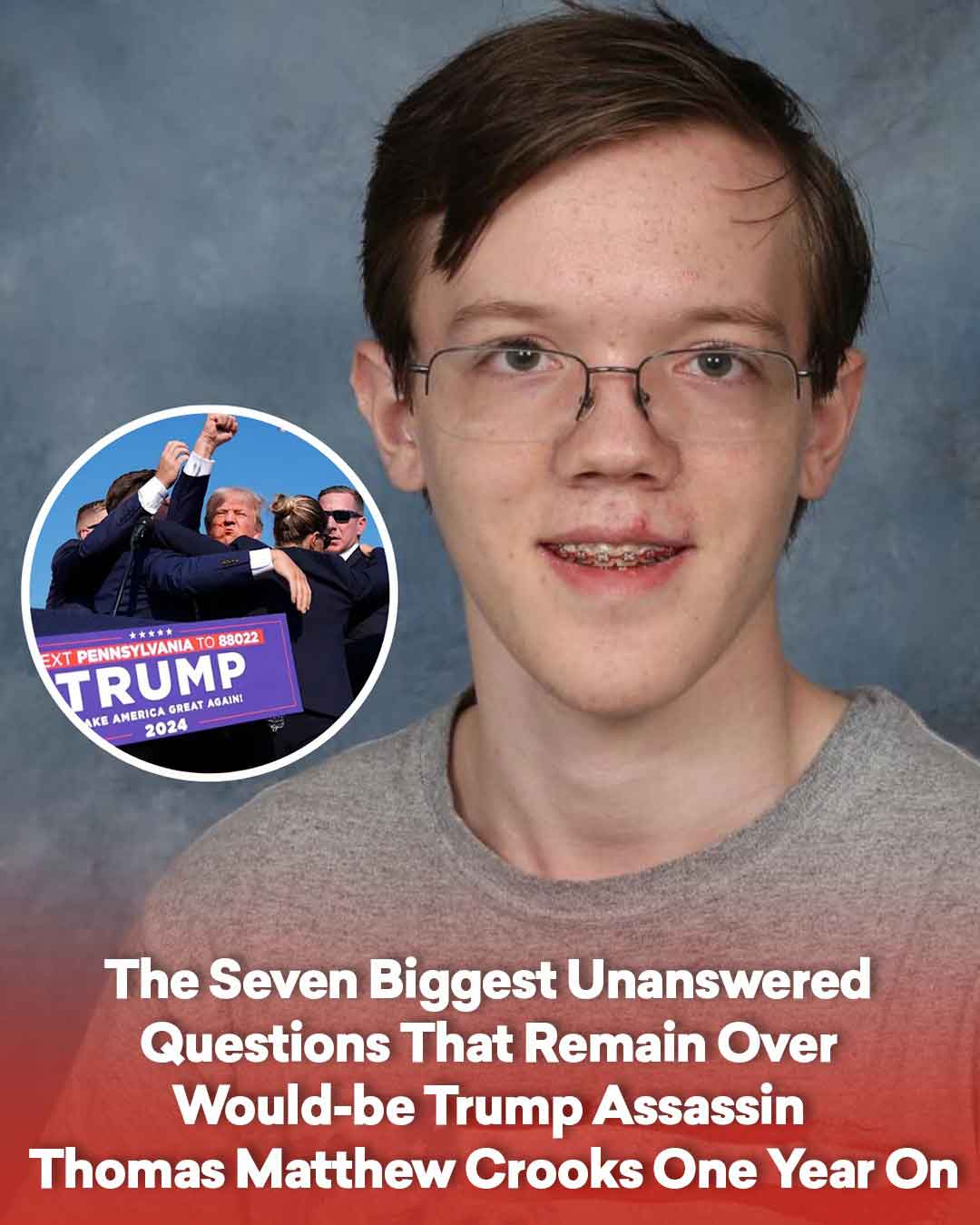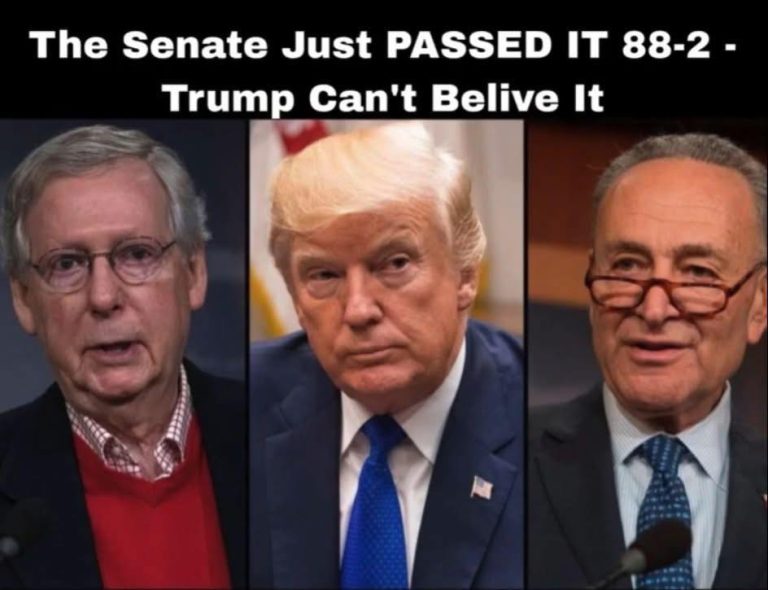One year after the attempted assassination of Donald Trump, key questions remain about shooter Thomas Matthew Crooks. The 20-year-old opened fire at a Pennsylvania rally, grazing Trump’s ear and killing firefighter Corey Comperatore before being neutralized. Despite the FBI’s ongoing investigation, little has been revealed about Crooks’ motives or background. Crooks left no manifesto, social media trail, or clear explanation for his actions. The FBI continues piecing together his movements, but his political leanings remain unclear—he was a registered Republican but donated to a Democratic group. Searches on his devices included historical assassinations and mass shootings, hinting at an obsession with political violence. Authorities found bomb-making materials in his car and home, suggesting the shooting may have been part of a larger plan. Despite the FBI insisting he acted alone, some, like private investigator Doug Hahmann, believe others were involved, citing the attack’s coordination. Crooks’ mental state raises further questions. His parents, both licensed counselors, had reported concerns about his behavior, including odd late-night actions. His searches included terms like “major depressive disorder,” yet no definitive psychiatric profile has been released. Investigators recovered two phones with photos of the event and political searches, but none have been made public. The swift cremation of his body just 10 days after the shooting has also fueled conspiracy theories, with Rep. Clay Higgins calling it an “obstruction” to further investigation. A year later, the case remains shrouded in mystery, leaving unanswered questions about Crooks’ true motives, potential accomplices, and the full extent of his plans. The lack of transparency continues to fuel speculation and debate.
One year after the attempted assassination of Donald Trump, key questions remain about shooter Thomas Matthew Crooks. The 20-year-old opened fire at a Pennsylvania rally, grazing Trump’s ear and killing firefighter Corey Comperatore before being neutralized. Despite the FBI’s ongoing investigation, little has been revealed about Crooks’ motives or background.
Crooks left no manifesto, social media trail, or clear explanation for his actions. The FBI continues piecing together his movements, but his political leanings remain unclear—he was a registered Republican but donated to a Democratic group. Searches on his devices included historical assassinations and mass shootings, hinting at an obsession with political violence.
Authorities found bomb-making materials in his car and home, suggesting the shooting may have been part of a larger plan. Despite the FBI insisting he acted alone, some, like private investigator Doug Hahmann, believe others were involved, citing the attack’s coordination.
Crooks’ mental state raises further questions. His parents, both licensed counselors, had reported concerns about his behavior, including odd late-night actions. His searches included terms like “major depressive disorder,” yet no definitive psychiatric profile has been released.
Investigators recovered two phones with photos of the event and political searches, but none have been made public. The swift cremation of his body just 10 days after the shooting has also fueled conspiracy theories, with Rep. Clay Higgins calling it an “obstruction” to further investigation.
A year later, the case remains shrouded in mystery, leaving unanswered questions about Crooks’ true motives, potential accomplices, and the full extent of his plans. The lack of transparency continues to fuel speculation and debate.






